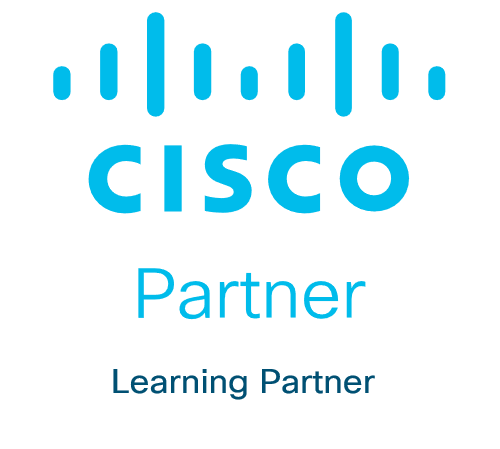What you’ll learn
- Network administrators
- Network operators
- Network architects
- System installers
- System integrators
- System administrators
Technology areas
Service Provider
Training overview
By enrolling in this course, you’ll gain the skills to deploy the CNC, its associated components, and applications. You’ll also grasp the advantages of using CNC for managing service lifecycle functions, understand how to integrate it with other systems, and gain a thorough understanding of Cisco CNC as an IP transport network controller platform.
Prerequisites
To fully benefit from this course, you should have the following knowledge and skills:
- Basic management of network components (routers, switches, etc.)
- Knowledge of segment routing and MPLS
- Working knowledge of traffic engineering
- Basic knowledge of the Cisco Command-Line Interface (CLI)
- Basic knowledge of programming (Python or any scripting language)
- Basic knowledge of the NETCONF communication protocol and Yet Another Next Generation (YANG) data modeling
- Basic knowledge of XML, YAML, or JavaScript Object Notation (JSON) data structures and schemas
These are the recommended Cisco offerings that may help you meet these prerequisites:
- Implementing and Administering Cisco Solutions (CCNA®)
- Implementing and Operating Cisco Service Provider Network Core Technologies (SPCOR)
- Implementing Cisco Service Provider VPN Services (SPVI)
- Implementing Automation for Cisco Service Provider Solutions (SPAUI)
- Implementing Cisco Service Provider Advanced Routing Solutions (SPRI)
Objectives
After taking this course, you should be able to:
- Explain the advantages of CNC for service lifecycle functions
- Describe the architecture of the Cisco Crosswork Network Controller and its components
- Describe the main operations features and capabilities of CNC
- Perform the installation and initial configuration of the Cisco Crosswork Network Controller
- Onboard network devices in CNC
- Enable data collection in CNC using Crosswork Data Gateway
- Provision traffic engineering policies to be used by network services
- Explore network topology and inventory details by using the available visualizing tools
- Optimize a network service instance for bandwidth utilization during the lifetime of service instances
- Bind newly provisioned Layer 2 and Layer 3 VPN service instances to traffic engineering policies
- Develop custom Layer 2 and Layer 3 Multiprotocol Label Switching (MPLS) VPN service definitions
- Configure Key Performance Indicators (KPIs) to monitor the health of devices
- Develop plays and playbooks for closed loop automation
- Automate network operations and maintenance tasks
- Explore closed loop workflows
- Use northbound application programing interfaces to integrate other systems with CNC
- Send alerts to northbound systems
- Configure the collection and exporting of data to external endpoints
- Manage the Crosswork cluster
- Deploy CNC for optimal availability, scalability, and performance
- Troubleshoot CNC issues
Course Outline
- Introducing Cisco CNC
- Exploring Cisco CNC Architecture
- Describing Cisco CNC Unified Functions
- Installing and Configuring Cisco CNC
- Onboarding Network Devices
- Setting Up Data Collection
- Provisioning Traffic Engineering Policies
- Visualizing and Exploring Network Topology and Inventory Details
- Optimizing Networks Using Closed-Loop Automation
- Orchestrating VPN Services
- Developing Custom L2VPN and L3VPN Service Definitions
- Configuring KPIs to Monitor Device Health
- Automating Maintenance and Closed Loop Remediation
- Automating Network Maintenance Tasks
- Exploring Closed Loop Workflows
- Exploring Northbound APIs for External System Integration
- Managing System Alerts
- Collecting and Exporting Data to External Endpoints
- Operating a Cisco Crosswork Cluster
- Implementing CNC for High Availability, Scalability, and Performance
- Troubleshooting Cisco CNC



